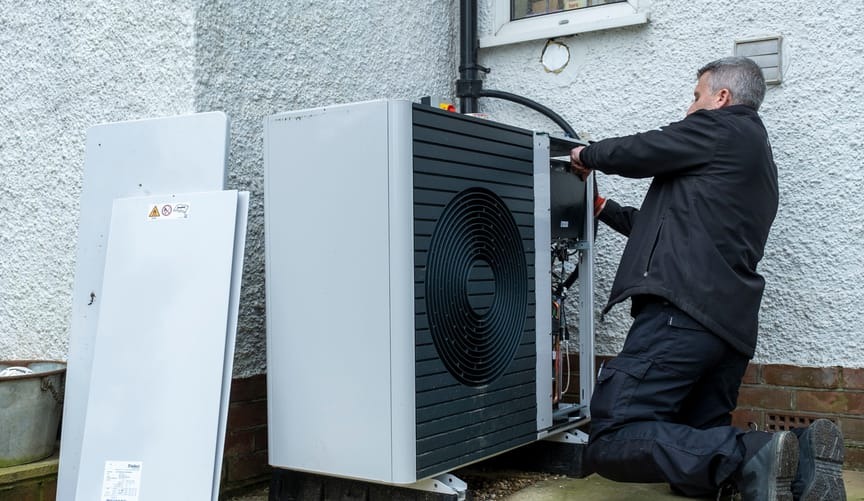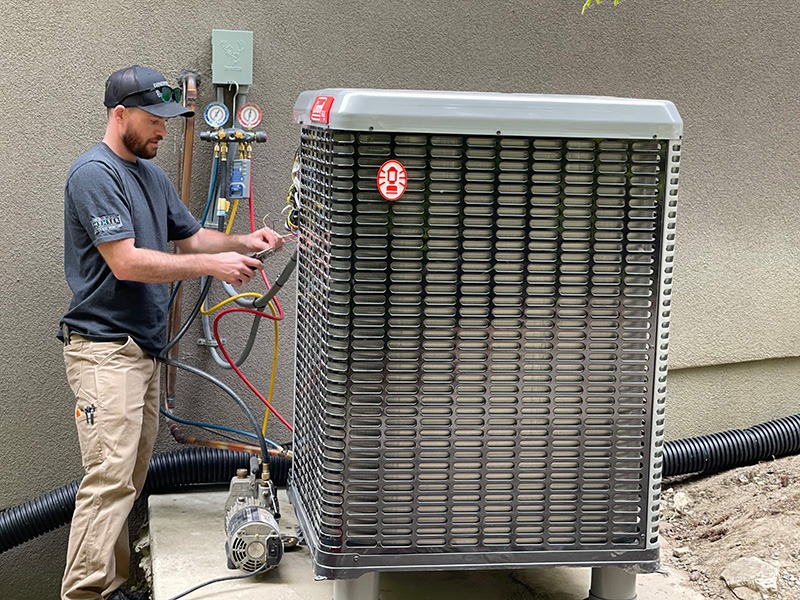When replacing a central air conditioner paired with electric resistance heat (which typically uses resistance coils to heat air and deliver it throughout the home via ducts), switching to a heat pump that provides cooling and heating pays off rapidly, the report found. The heat pump option costs $697 more on average initially, but it saves the average affected household $310 in yearly utility bills, paying for itself in just over two years. Over the expected 15-year lifespan of air conditioners, Texas households replacing them with heat pumps that provide heating and cooling (eliminating the need for resistance heating) would see net savings of almost $4,000.

“Switching to heat pumps will reduce utility bills and ease strain on the Texas power grid,” said Steven Nadel, executive director of ACEEE and lead author of the report. “Texas households could together save billions of dollars on utility bills from reduced energy use and avoiding costs for expensive new power plants. Texas policymakers and regulators can unlock these savings for residents through federal rebates and expanding efficiency programs run by utilities.”
ACEEE’s study analyzed a detailed sample of more than 350 Texas homes that use central air conditioners and electric heating. Based on the sample, the analysis found that if all Texas homes using this combination of systems installed modestly efficient heat pumps, after 15 years, the state would:
The winter peak reductions would avoid over $5 billion in power plant construction costs that are passed on to electric customers, according to the report, with additional savings from avoided transmission and distribution costs and costs of operating new power plants.
Texas is struggling to meet increasing electric load. Historically, state officials have been concerned about summer peak demand, but as winter storm Uri illustrated in 2021, Texas is increasingly struggling with winter demand too. The Texas electric grid saw record winter peak demand over three bitterly cold days this January.

Utilities and regulators could reduce that strain by expanding heat pump purchase incentives in ratepayer-funded efficiency programs. CenterPoint Energy, which serves Houston and surrounding areas, has a program that helps install heat pumps, prioritizing low-income households. The report suggests CenterPoint expand its program and that other Texas utilities pursue similar initiatives. The study also recommends that as Texas sets up its Home Energy Rebate program with federal funding, it should focus on homes with resistance heating for heat pump deployment.
The report points to the importance of avoiding inefficient heating in new homes, too, especially as Texas’s population continues to grow. Some jurisdictions—including Georgia, Florida, and the city of Austin—have enacted building codes that prohibit the use of resistance heating in new homes and buildings. The report urges that Texas follow their lead. In new homes, where the added cost of a heat pump over an air conditioner and resistance heating averages just $391, the heat pump pays for itself in little more than a year, for a total lifetime savings of over $4,200.
Comparing the additional upfront cost of a heat pump that replaces electric resistance heat and the resulting utility bill savings to financial investments, heat pumps far outperform the stock market. For an existing home, the return is 49%, and for a newly constructed home the return is 103%, compared to just 11% in the stock market (the 30-year average annual return on the S&P 500).
According to aceee.org
